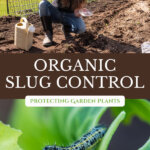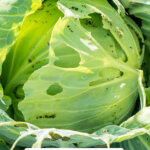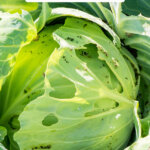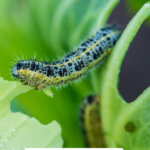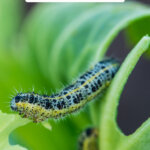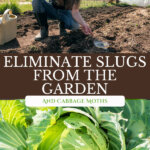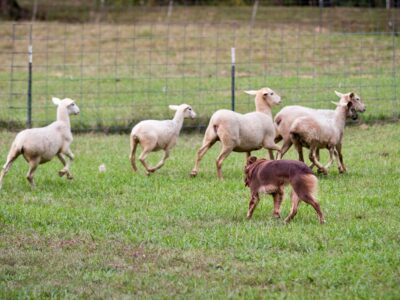Dealing with cabbage moths and slugs in the garden is a pain, and keeping pesticides and chemicals out of your garden and food is important. But how do we get rid of pests in the garden using organic methods so the moths and slugs don't eat our crops before we're able to? Here are a handful of easy ways to eliminate or at least control these garden pests.
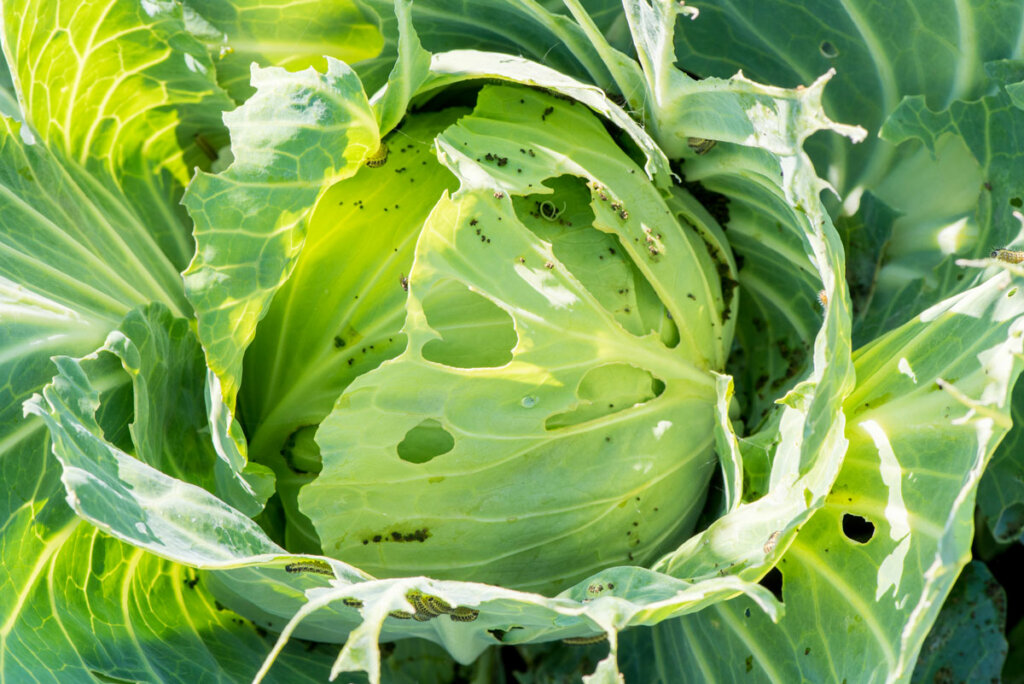
We’ve always practiced organic gardening without knowing it growing up, using methods my grandparents and great grandparents did. Organic gardening is the art and practice of gardening without synthetic pesticides and chemicals.
This post has been updated since originally published alongside the podcast. The podcast discusses more methods for organic pest control, but for this blog post, we'll be focusing primarily on cabbage worms, cabbage moths and slugs. You can check out other methods for how to keep bugs off of your plants here.
In the video below, I'm sharing my tips on protecting brassicas from cabbage moths and slugs. If you deal with crop loss due to pests, this is one video you must watch, these two tips saved my crops last year.
What are Cabbage Moths and Cabbage Worms?
If you've been gardening for any length of time and have tried to grow cabbage or other brassicas in your garden, chances are you've dealt with cabbage moths or cabbage worms.
These garden pests can destroy a crop in no time. The cabbage worms will feed on the leaves of your crops and lay their eggs.
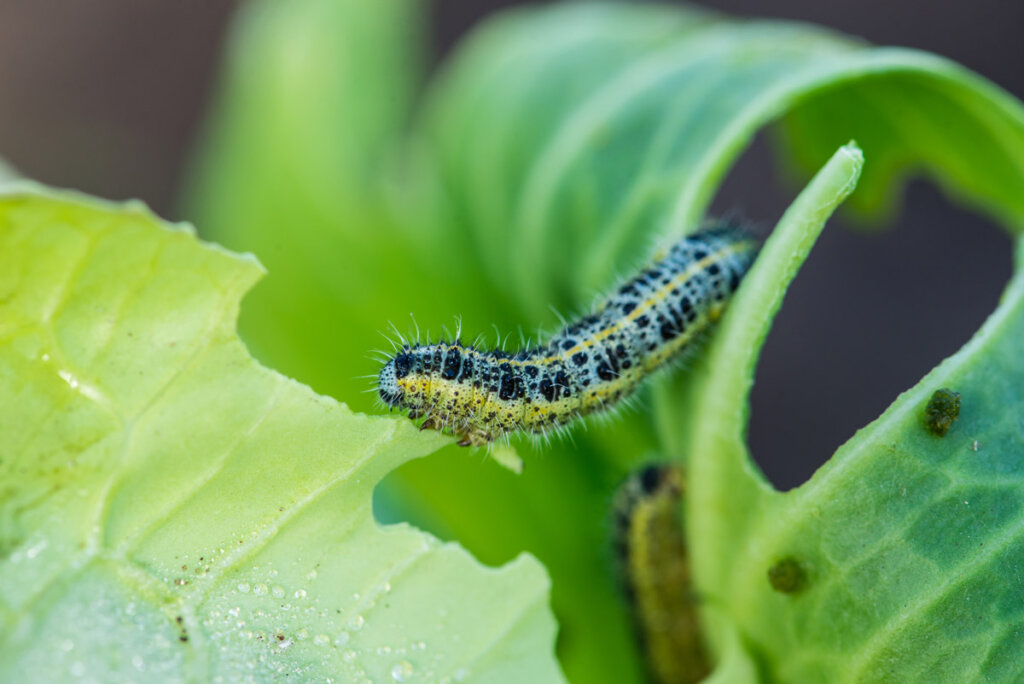
Types of Cabbage Moths
There are a few different kinds of destructive cabbage pests to be on the lookout for, the Imported Cabbage Worm, the Cross-Striped Cabbage Worm, Cabbage Loopers and Diamondback Moths.
Imported Cabbage Worm
The Imported Cabbage worm, which will eventually turn into the Cabbage White Butterfly or “Cabbage Moth” is a narrow green worm with a light yellow stripe down the middle of it's back.
The Imported Cabbage Worm likes to stay closer to the center of plants.
Cross-Striped Cabbage Worm
Another kind of cabbage worm is the Cross-Striped Cabbage Worm that is a blue-gray with multiple black stripes running cross-wise. Their larvae will destroy both buds and tender leaves of the plant. If you start to see a lot of holes in the leaves of your plants, these may be the issue.
Cabbage Loopers
Cabbage Loopers are sneaky and love to hide on the undersides of leaves, especially those leaves lower on the plant. These loopers are a light green shade with a two white stripes on their back and a white stripe on each side.
These worms are called “loopers” because they lack middle legs, so they move in a looping motion.
Diamondback Moth
If you can spot the Diamondback Moth larvae while they're small you can get ahead of these invasive pests. The tiny larvae are a yellow-green color and have a forked tail. Once the larvae get larger, they will leave your leaves looking like skeletons.
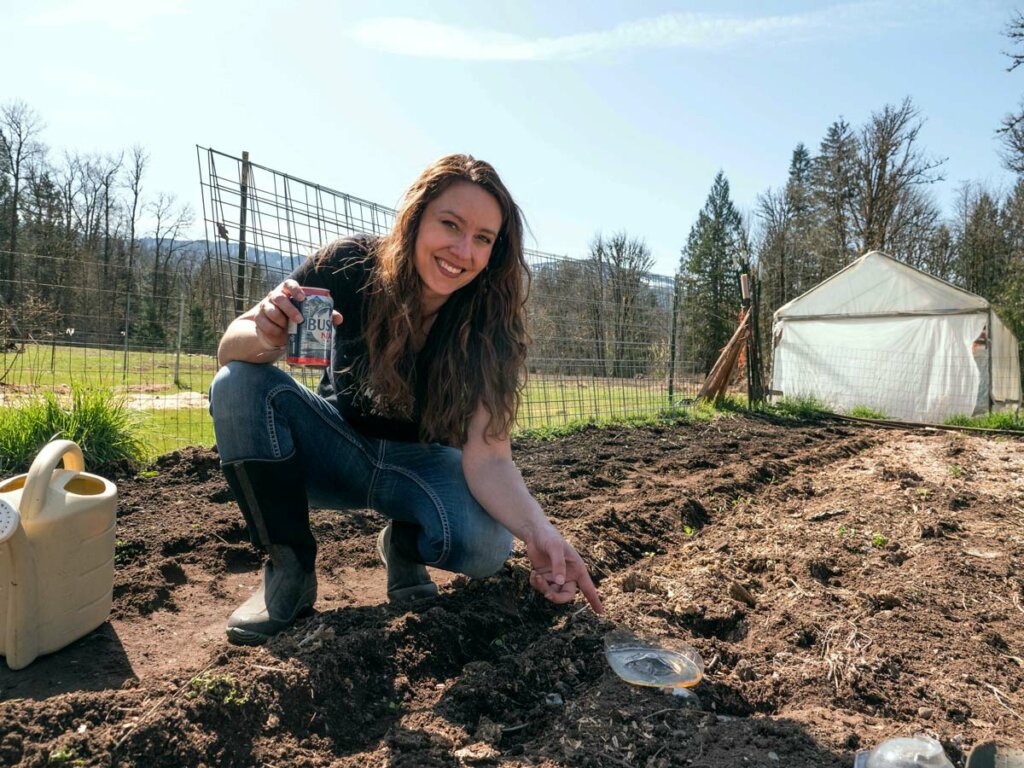
Protecting Crops from Pests
The first line of defense with organic gardening and pest control is to make sure your plants are healthy. Healthy plants have a better chance of surviving pest infestation.
Even tiny transplants that are weak will be the first to die from infestation. Be sure to read up on starting seeds indoors for the best chance at transplanting strong seedlings.
I always recommend amending your soil in the fall with sheet mulch or utilizing cover crops to put nutrients back into the soil, or even starting your own compost to add to your garden each year.. During the growing season, I apply this organic fish fertilizer mixed with water on my plants about once every three weeks.
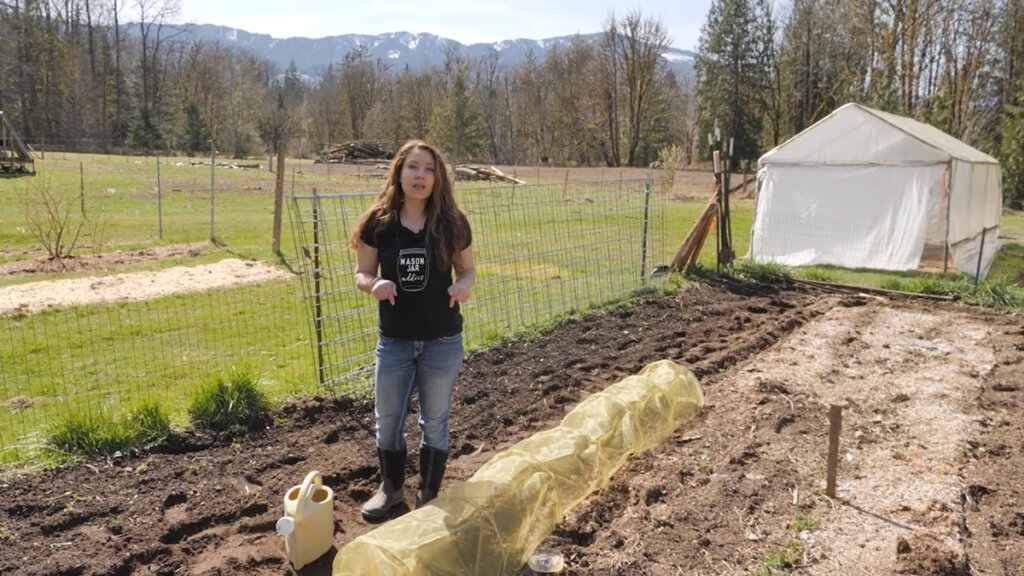
Check Your Garden Daily
The key to a healthy garden and staying ahead of the pests is checking on your plants daily. If they’re beginning to get infested or diseased, catching it early is key.
Manual removal of bugs is often the best control. You can watch this video on YouTube about how I doubled my harvest by using this method. I also manually remove flea beetles from the leaves. Check out this post for more tips on controlling other pests in the garden (other than cabbage moths or slugs).
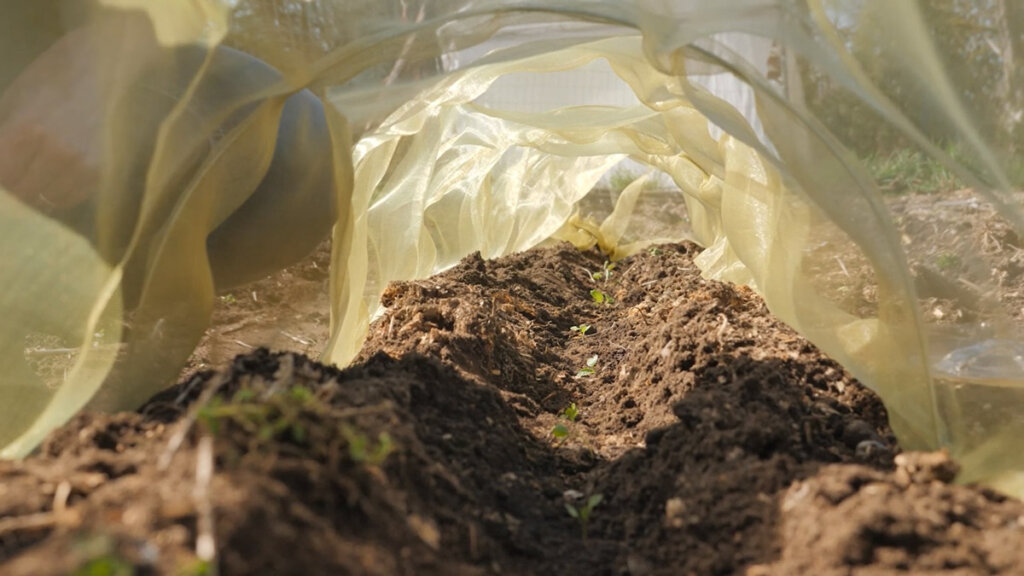
Protect Your Garden with Row Covers
When trying to avoid cabbage moths right from the get-go, I recommend covering your crops the day you direct sow or transplant them out into the garden. Using row covers early in the spring when the worms are laying their eggs will keep them from even getting a foothold on your plants.
Depending on your climate, you can choose between cloth row covers or frost protection row covers. If you're using the frost protection covers they may get too hot during the day. Keep an eye on your plants and remove them during the day on sunny or warm days, if needed.
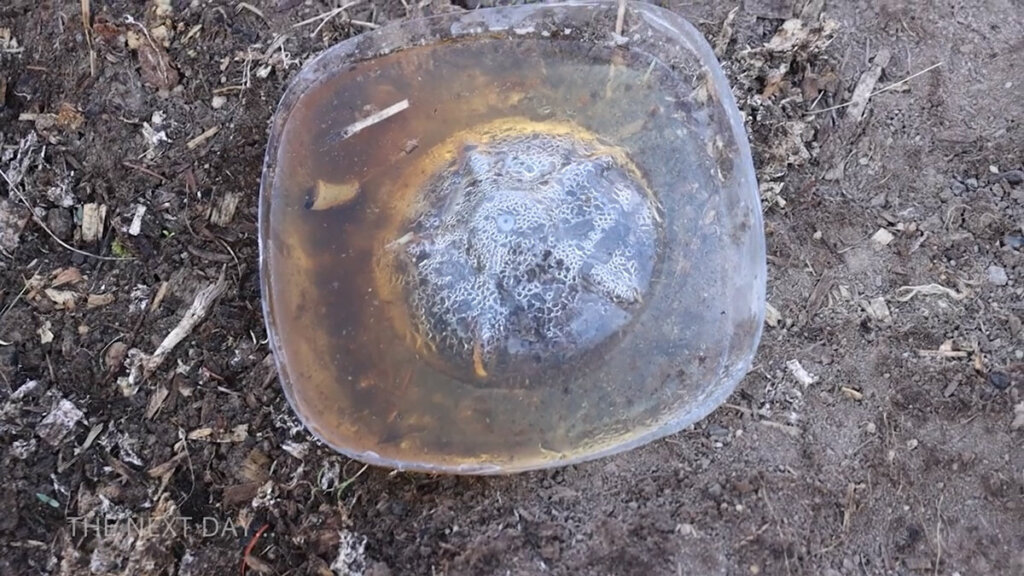
Use a Beer Trap to Protect Crops from Slugs
If slugs are an issue, one method I've had to use in the past is to manually remove them and place them into a cup filled with water and some dish soap. This is what I used to do until some of you shared with me that I needed to use a beer trap.
A beer trap is exactly as it sounds. You fill a shallow dish (or an upside-down frisbee!) with beer and wait for the slugs to dive in!
The slugs are actually attracted to the malt in the beer, so even using non-alcoholic beer will work just fine. Don't get fancy, slugs aren't picky so you don't want to waste your money on expensive beer.
I recommend placing these beer traps out in early spring to catch the slugs when they're small and before they have a chance to multiply. You may need to replace the beer and empty the traps of dead slugs each day depending on how bad your infestation is. Just keep an eye on it and empty or refill as needed.
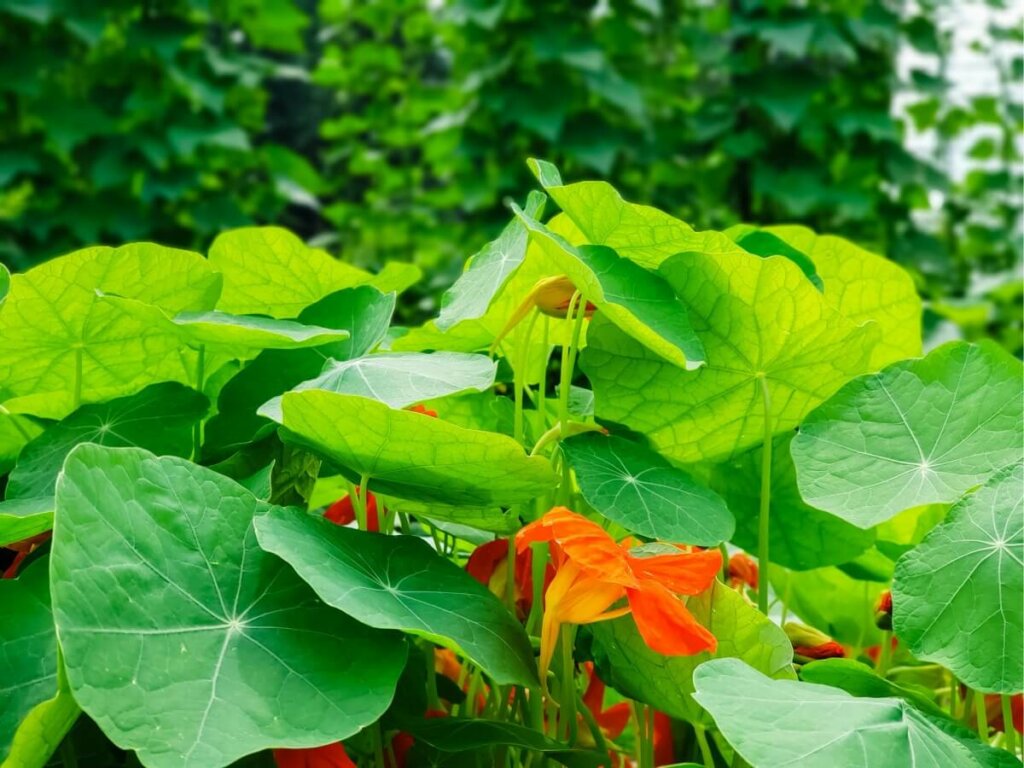
More Ways to Protect From Garden Pests
There are more methods of protecting your crops from pests which I've shared before. Some of which include science-based companion planting and polyculture growing methods, introducing beneficial insects to your garden, making homemade decoy moths (cabbage moths are known to be territorial and may not land on your crops if it spots another “moth”), and using neem oil spray.
I discuss many of these methods in this post on natural organic pest control.
For more organic gardening tips, check out the following posts:
- Grow Your Own Food – Helpful Tips For The Beginning Gardener
- 10 Things Most Organic Gardeners Forget About
- What is Organic Gardening and How to Start an Organic Garden at Home
- 13 Basic Steps to Starting a Vegetable Garden
- How to Create a Gardening Plan for More Harvest and Less Stress
- 8 Common Mistakes Made by New Gardeners
- Science-Based Companion Planting Strategies for a Healthier Garden
- How to Get Rid of Bugs on Plants Naturally Tips that Actually Work
- 11 Tips for Organic Pest Control for Vegetable Gardens
- Gardening in March (Garden Tasks by Month)

